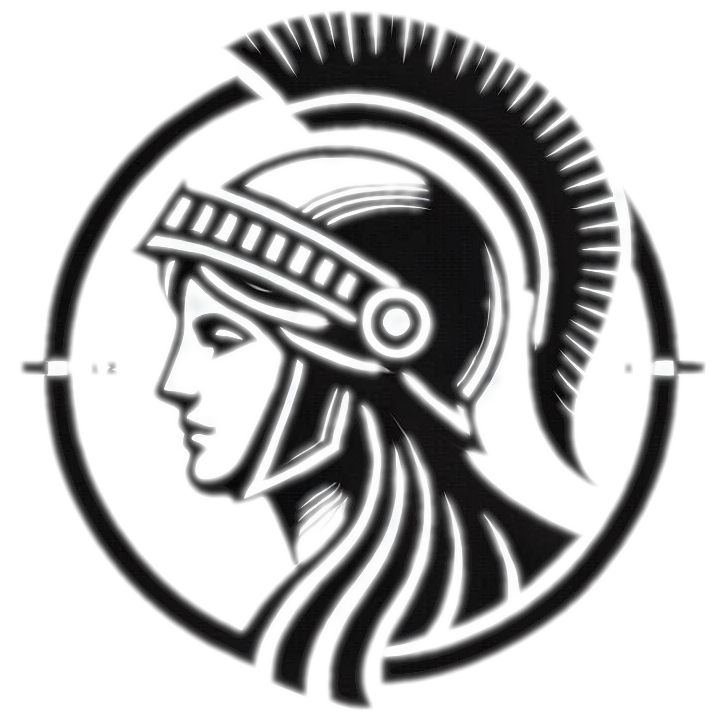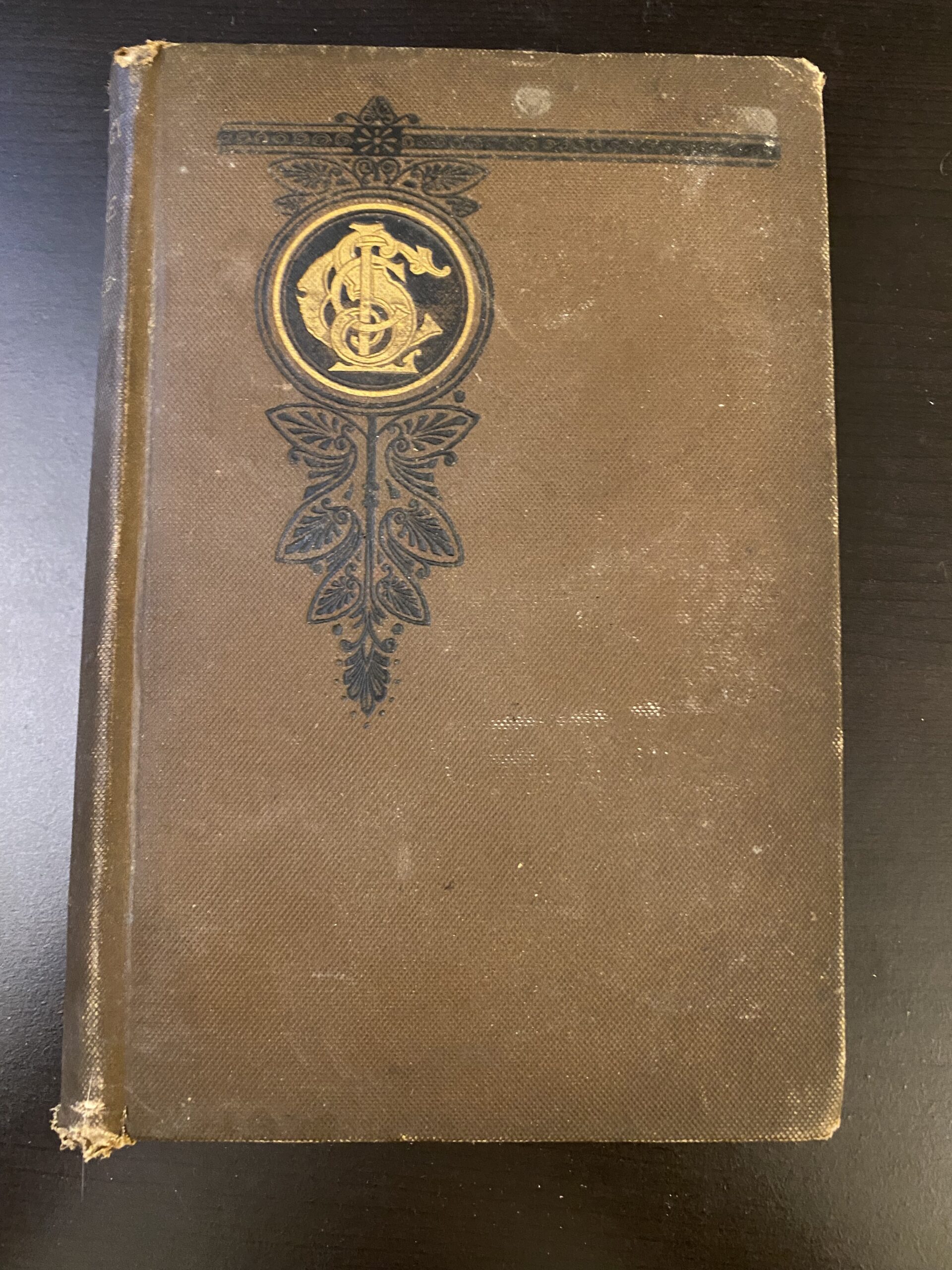- Title: The Physiology and Hygiene of the House in Which We Live
- Author: Marcus P. Hatfield
- Publisher: Chautauqua Press, CLSC Department
- Estimated year of printing: 1887
Notes:
Handwritten inscription: “A chain is no stronger than its weakest link”; “John M. Keaton”
Raised stamp: Perkinpine & Higgins. Theological Booksellers ??? & Sunday school Publishers. 914 Arch St. Philadelphia”
1887 publication date on first page.
Copyright 1887
This is an intriguing book, about maintaining one’s health by comparing the body to a house. As such, it’s an interesting time capsule on several fronts — frequent references to servants in the house, telegraphs, and a simpler understanding of the human body.
The symbol on the cover is for Chautauqua Press. Chautauqua was an adult education and social movement, founded in 1873 and popular in the United States, with live lectures and performances. The Chautauqua Literary and Scientific Circle (CLSC) is a “book club”, which selects books on an annual basis for adult education, to this day.
The firm of Higgins and Perkinpine was established in 1852 by George Perkinpine and Charles W. Higgins’ father. In 1858 the firm name changed to Perkinpine & Higgins. Higgins joined the company in 1862 upon the retirement of his father. In the latter years the house was not a publisher but rather a bookseller. Perkinpine retired in 1909 and died in 1913. Higgins died in 1914.
Historical context:
When this book was published, Grover Cleveland was President of the United States (for the first of his two noncontiguous terms). There were 38 states, Colorado was the newest. The Statue of Liberty was dedicated just one year earlier. The Civil War had ended 22 years earlier. This book was printed during the classic “Wild West” period of American history, for example, the Gunfight at the O.K. Corral, involving Wyatt Earp and Doc Holiday, occurred in 1881.

